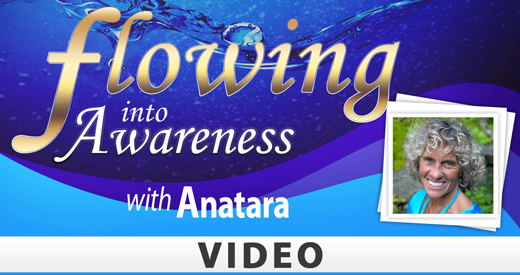Doing Yoga with Kids
regular basis. Most adults and parents are aware of the benefits of yoga, either from hearsay
or from their own practice. Yoga enhances your strength and flexibility; it improves your ability to
focus, enhances a sense of well-being, increases confidence and positive self-esteem, and
encourages an inner centeredness.
[post-img]Yoga can accomplish all this for children as well. However, yoga for kids is very different from yoga for adults, so choosing the right teacher for you and/or your child is essential.
One of the things to consider is whether or not your potential teacher is aware of Howard Gardner's Multiple Intelligences Theory. This theory states that there are various categories of intelligence that human beings have, and that each one of these areas should be nurtured to help children reach their full potential. Every person has intelligence in the following areas: intrapersonal, naturalistic, interpersonal, musical, visual, linguistic, kinesthetic, and logical. Yoga can be a strong tool to help children cultivate each of these areas and it is therefore important to know whether your child’s teacher knows how to use these ideas and apply them to the practice of yoga.
[tip-fact]The benefits of yoga can be amazing, especially when used in a classroom setting. Children will begin to improve almost immediately in the following areas: focus, calmness, creativity, confidence, respect for others and self, critical thinking skills, and appreciation of different cultures. Yoga will help your child develop a stronger sense of compassion, cooperation, and character. And when used in a group environment, yoga meditation can increase the overall dynamics of your child’s group or classroom because the practice of yoga, especially for this age group, can provide students with strategies to deal with other people, resolve conflicts, and handle difficult emotions and distractions. Yoga has the additional benefit of helping students’ retention of information. In particular, when a class begins to decrease in energy, practicing yoga can help reinvigorate the group.
[b-quote]As a parent deciding on a yoga teacher for your child, you need to make sure that the teacher is in the habit of explaining the names of poses, as well as facilitating your child's progress. For example, the teacher should respect the moods your child goes through, encourage your child to participate in creating the necessary environment, and animate the yoga movements with animal noises or music to make it even more fun. The teacher should not be seeking to have the children perform the poses perfectly, but should guide the children in the class with a series of questions and examples.
Even when doing the postures, the teacher should make it fun to think about why the poses have been given such names. Teaching what and why the poses are named will help children develop their perspective of the world and even of themselves. All yoga poses are named after animals and nature, which will help children increase their sense of connectedness to the natural world by fostering empathy for animals and nature.
If you are a parent of a child with special needs, practicing yoga with meditation in their childhood
can be especially important to helping your child learn how to manage hyperactivity and attention deficit disorder. Overall, learning yoga early in life can provide an invaluable foundation for
maintaining a sense of balance, as well as nurturing your child's resilience and critical thinking
skills for the rest of their lives.




